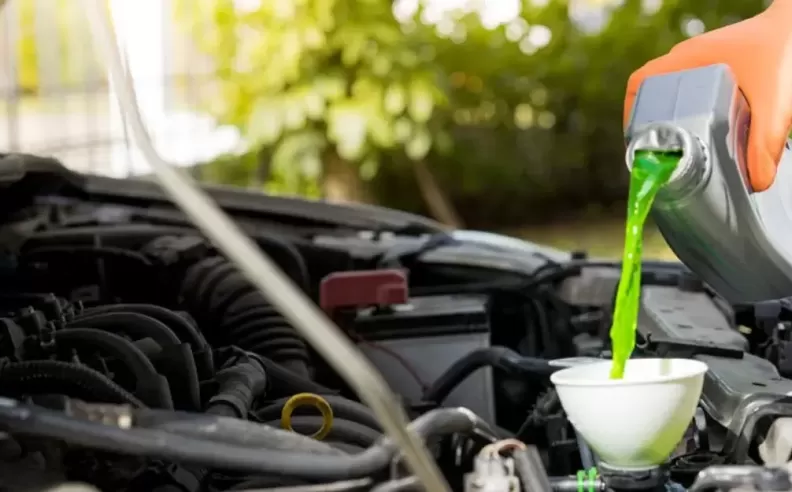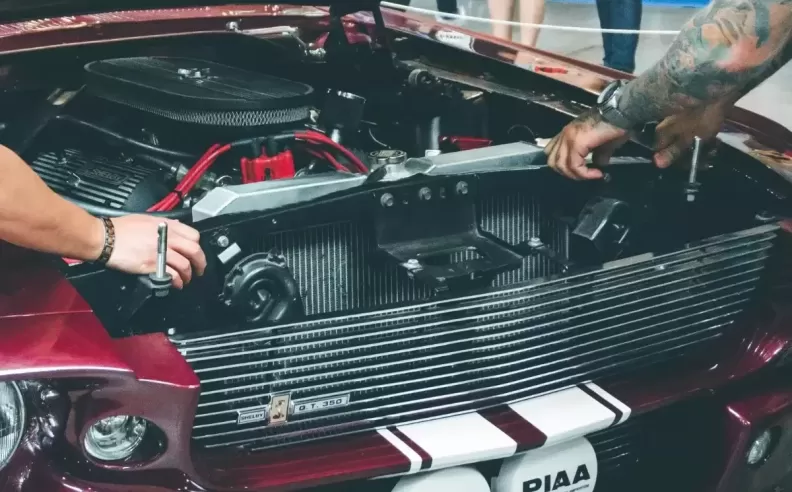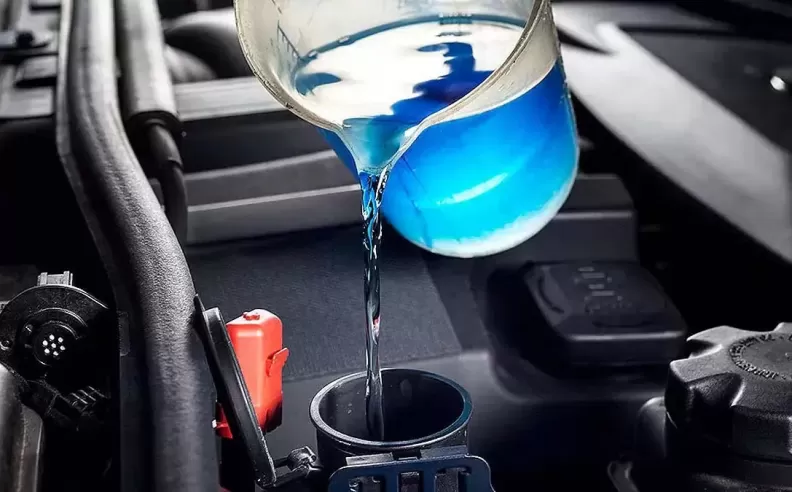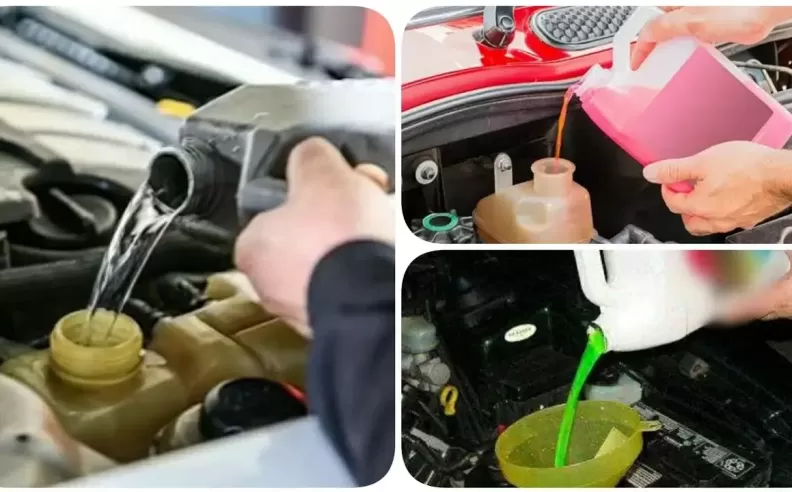
Choosing the right coolant is one of the most important decisions for keeping your car’s engine healthy and efficient. From classic green liquids to modern long-life formulas, the options can get confusing. Here’s a simple guide to help you understand the difference between organic and inorganic coolants, how they work, and what to watch out for.

Inorganic coolant, known as IAT (Inorganic Additive Technology), is the original type of coolant many drivers remember. You will spot it by its usually green color. This fluid protects engines using silicates and phosphates, working well in older vehicles made with iron or copper components. It gives immediate corrosion protection, but its effect fades with time, so you need to replace it every 30,000 to 50,000 kilometers.
IAT coolant can build up deposits over time, which can block fine passages in modern radiators. This makes it less suitable for the latest cars with tight engine designs. If you drive a vintage or classic model, this is likely still the best option for you, but remember to change it regularly.

Organic coolants, called OAT (Organic Acid Technology), are the newer, high-tech choice for today’s cars. These fluids use organic acids for corrosion protection and come in colors like red, orange, or pink. They are ideal for vehicles with aluminum and plastic parts, lasting up to 150,000 kilometers or about five years before needing a change.
OAT coolant offers targeted protection without leaving deposits, which helps keep modern engines running cooler and cleaner for longer. If you want a hassle-free option that matches new car requirements, organic coolant is the way to go.

Hybrid coolants, known as HOAT (Hybrid Organic Acid Technology), mix the best of both worlds by combining organic acids with a small amount of silicates. This formula gives fast-acting and long-term corrosion protection, making it a popular choice for brands like Ford, Mercedes, and Hyundai. HOAT is especially useful for European cars and is often recommended by the manufacturer.
Before choosing any coolant, always check your car’s manual. Mixing different types is never a good idea, as chemical reactions can reduce effectiveness and damage your cooling system. Regularly check your fluid level, color, and smell, and swap it out on schedule to keep everything running smoothly.

Started my career in Automotive Journalism in 2015. Even though I'm a pharmacist, hanging around cars all the time has created a passion for the automotive industry since day 1.
